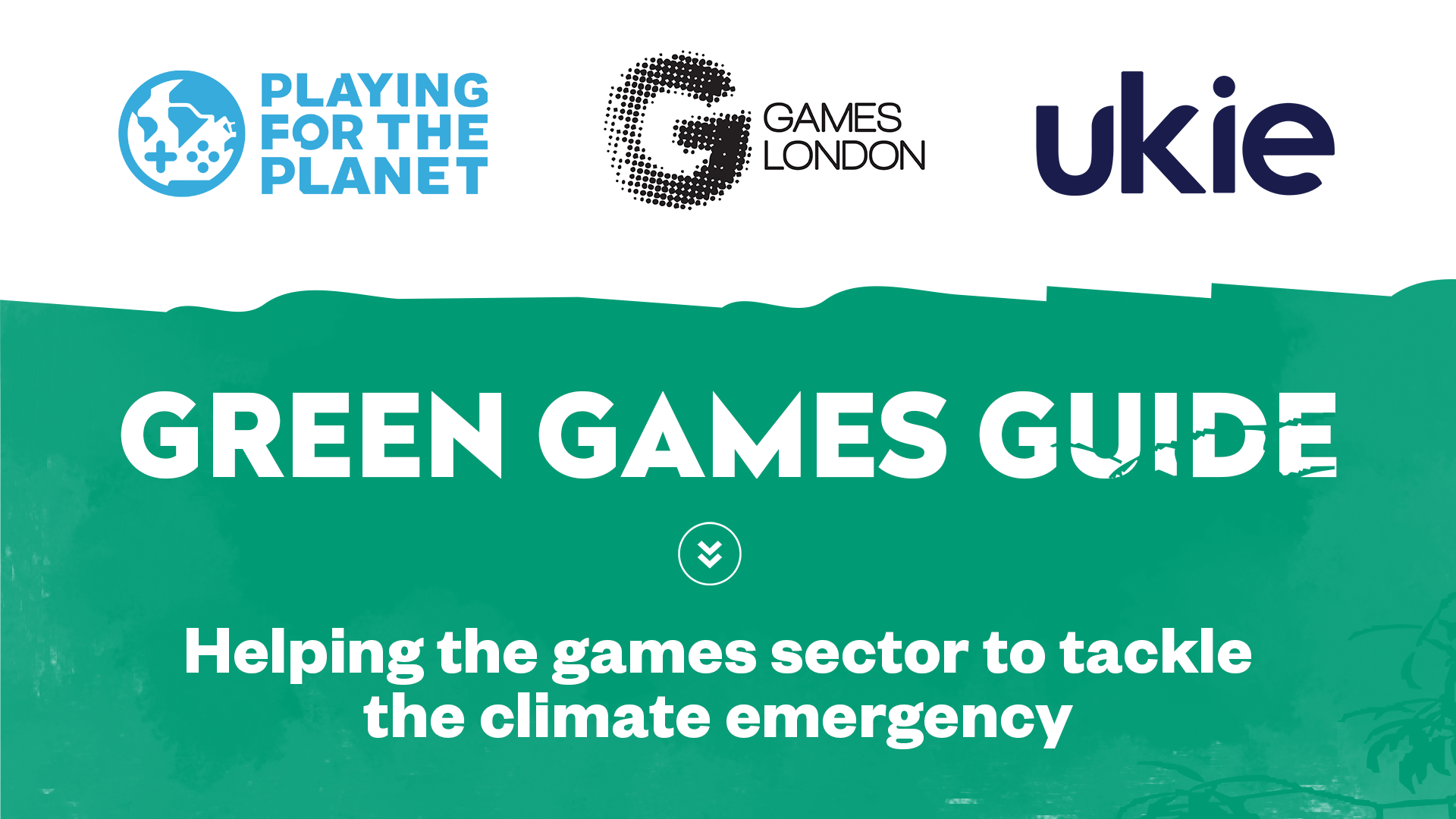The Green Games Guide is the UK's first resource that contains practical advice and outlines steps that games business can take to reduce emissions and waste across their offices and operations.
In this blog series, I (Laura) will be taking you through the guide, and shining a light on the steps that you can take to get your business tackling climate change. A good place to start is with Playing For The Planet’s five step process for games businesses to follow to start reducing their carbon footprints, which has already been tried and tested by games businesses across the world.
So let’s start by taking a look at the first step in the guide to kick things off - working out the scope of your carbon footprint and a timeline for reduction.
STEP 1: SETTING YOUR SCOPE AND TIMELINE
Measuring your carbon footprint is a crucial step towards making your business more sustainable in the long term. But it can be hard to know how to do this, especially when it’s the first time you’ve tried to do it.
Before you start gathering numbers, you should take time to understand what you want and need to measure to get things going.
🌍 DEFINE YOUR SCOPE
Before you start measuring, think about the scope of your analysis. For example, do you need to limit your analysis to direct internal company activity, or (as many P4P Alliance member companies currently do) do you also have to count your supply chain and the energy and indirect emissions people use while playing your game? This will make a difference to that all important footprint measurement, so think carefully about it.
🌍 SET YOUR TIMELINE
Once you have established the scope and baseline of your emissions, you should set a plan for setting goals and reporting on your performance. Important milestones can vary from business to business, but setting a date for when you will move to net zero will help focus the mind.
GET INSPIRED BY THE INDUSTRY
Lastly if you’re on the lookout for inspiration on how the scoping process can deliver big benefits for measuring and reducing your carbon footprint, we recommend looking to the Green Games Guide itself for a great example of this from Sony Interactive Entertainment.
Their case study in the guide is packed full of information about the carbon footprint of playing games. By thinking ahead and putting that in scope, they were able to glean some fantastic findings that help both them - and the wider industry - reduce their footprint.
You can read their case study here. Or if you’re looking for more information to help get you started, we’ve some great events coming up that you’re invited to be part of.
🍃 Green Coding Workshop | Wednesday 26 May @ 10.00 - 12.00
We think that the games sector can play a lead role in how software and digital content can be more energy efficient. At this workshop we want to gather some technical minds together to discuss and shape some possible directions of travel for this area.
Please contact Dan (dan@ukie.org.uk) if you or one of your coding or technical teams are interested in attending this.
🍃 Ukie Sustainability Group | Next meeting on Thursday 6 May @ 10.00 - 11.30
Held every 8 weeks, this is our main forum for leading our sustainability work. This group will learn from other games businesses and guest speakers, suggest and guide Ukie activity and shape the collective industry approach to tackling climate change.
Please contact Dan (dan@ukie.org.uk) if you or one of your coding or technical teams are interested in attending this.
About the Green Games Guide
The partnership between Ukie, Games London and the Playing for the Planet Alliance will also encourage the sector to think about how it can use its huge reach - the games industry has the potential to reach 1 in 3 people on the planet - to inspire players to change how they think about the environment and to start conversations about the wider collective efforts the sector can make.
Read the guide for tips on how to reduce your carbon footprint now.

